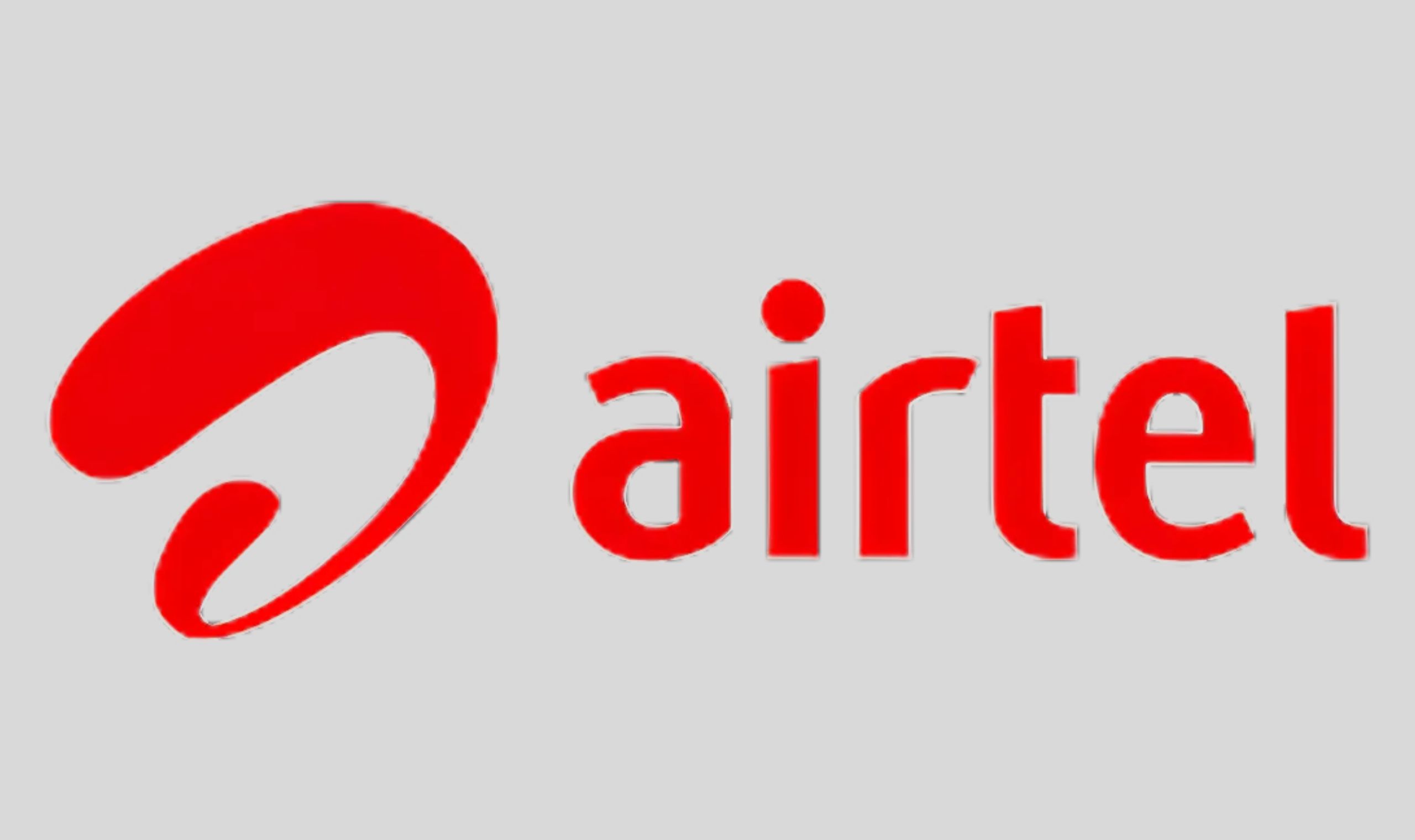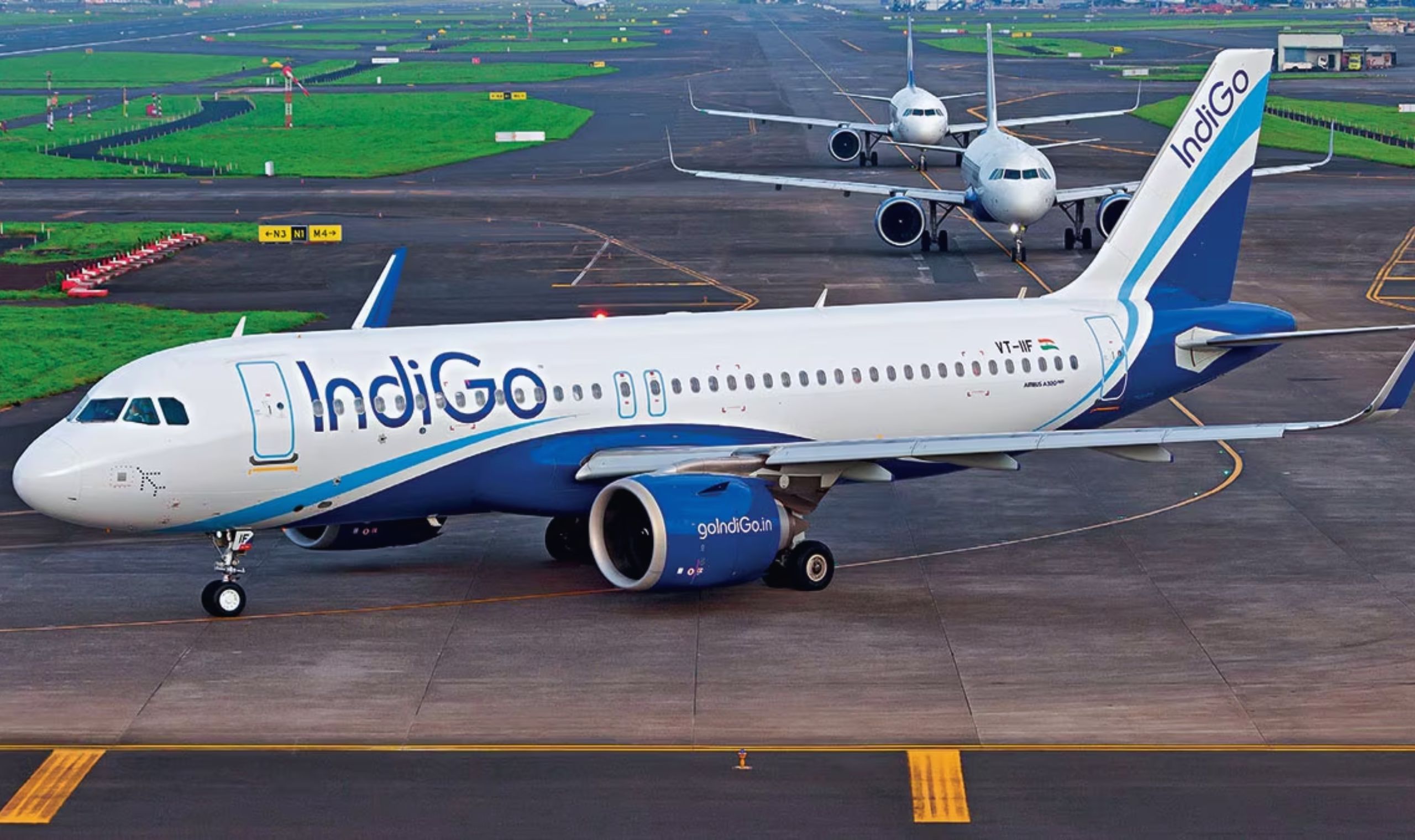Bharti Airtel, a leading telecom player in India, witnessed a stupendous jump of 5% in the stock price to February 7, 2024, in the wake of its third-quarter earnings for December 31, 2023. The upside in the stock price was witnessed due to this stellar performance of the company much beyond market expectation, mainly based on one-time exceptional gain emanating from its majority stake consolidation in Indus Towers. With impressive revenue growth, Average Revenue Per User (ARPU), and strong free cash flow (FCF) generation, Bharti Airtel is continuing to maintain its position as a dominant player in India’s highly competitive telecom market.
In this blog post, we will dive into Bharti Airtel’s Q3 performance, understand the factors driving its exceptional growth, and analyze how these results have positioned the company for future success in an ever-evolving industry.
A Stellar Quarter: Bharti Airtel’s Q3 Earnings Beat Street Expectations
The December quarter results showed a turnaround in Bharti Airtel’s financial performance, with key financial metrics reflecting strong growth across the board. The company reported a net profit of Rs 14,781 crore, which is a staggering 505% increase compared to the same period last year, primarily driven by a one-time exceptional gain of Rs 7,546 crore resulting from the consolidation of a majority stake in Indus Towers.
- Net Profit: Bharti Airtel’s net profit jumped 505% to Rs 14,781 crore in Q3 from Rs 2,444 crore in the corresponding quarter of the previous fiscal. The consolidation of the Indus Towers stake contributed significantly to the one-time gain. Even without this windfall, the operational performance was robust, indicating strong fundamentals.
- Revenue Growth: The telecom major’s revenue from operations increased by 19% year-on-year, at Rs 45,129 crore. This was ahead of the market’s expectations, which had pegged revenue at Rs 43,874 crore. The growth in revenue can be attributed to the rise in mobile tariffs, an increase in broadband subscriptions, and the overall expansion of the telecom market in India.
- Average Revenue Per User (ARPU): One of the most important parameters for telecom operators is the ARPU, which shows the average revenue generated per user. So, Bharti Airtel’s Q3 ARPU was at Rs 245, up from Rs 208 during this period last year. This also indicated that the company had been able to successfully execute price hikes, thus getting greater revenue per customer.
The free cash flows of the company are solid, with a net debt decrease of almost $1 billion QoQ. This measures the company’s strong ability to generate cash and its efforts to decrease debt. This is also an important development, as the decline in the QoQ net debt shows that Bharti Airtel is managing its operational and capital spending in a manner that allows for re-investments in the business and returns to the shareholders.
The Role of Indus Towers Stake Consolidation
One of the biggest reasons behind Bharti Airtel’s excellent earnings for the December quarter was its consolidation of a majority stake in Indus Towers, one of India’s largest telecom tower infrastructure companies. The one-time gain of Rs 7,546 crore from this consolidation was a major contributor to the telecom giant’s record net profit in Q3 FY25.
Indus Towers offers passive infrastructure services to telecom operators. Now, after Bharti Airtel consolidated its stake in Indus Towers, it would have an even better hold over the space of telecom towers that are highly important for network infrastructure deployment, particularly for 5G service rollout.
This makes it easier for Bharti Airtel to operate with less complexity and better capitalize on its infrastructure to improve service delivery, especially with heightened data consumption and connectivity needs in the country. Moreover, this consolidation puts Bharti Airtel in a great position to reduce costs, enhance efficiencies, and potentially monetize its infrastructure assets going forward.
Strategic Growth Drivers: The Telecom and Broadband Segments
a) Mobile Segment and Tariff Hikes
The telecom business of Bharti Airtel, particularly mobile, has remained the company’s biggest source of revenue. Increased mobile tariffs by the company have been the reason for its high ARPU increase. The increasing tariffs of various plans across different categories have ensured that Bharti Airtel has managed to increase its average revenue per user, thereby allowing the company to extract more value from its existing customer base rather than necessarily acquiring new ones.
Apart from these, Bharti Airtel’s robust 4G coverage and its groundwork for the 5G rollout place the company in good stead to leverage opportunities in the space of mobile data in the coming years. The rise in mobile data consumption due to increased internet penetration in India combined with the going digital transformation augurs well for the company’s growth prospects for the coming years.
b) Competition in Broadband and Jio Fiber
Bharti Airtel’s broadband business, mainly through its Airtel Xstream Fiber offering, continues to perform well. This is due to the growing culture of work-from-home and the expanding need for high-speed internet connectivity, which the company has seen as a boost in demand for reliable home broadband connections.
The company’s broadband segment will have to face challenges from Reliance Jio Fiber, but a strong brand and service quality for Airtel should help sustain its market share in this space.
- Mixed market sentiment from brokerages: The positive outlook seems to be quite bright despite some short-term headwinds.
Despite Bharti Airtel’s stellar Q3 earnings, market sentiment on the stock has been somewhat mixed. While some analysts maintain a positive outlook, others have tempered their expectations in the short term due to a few challenges. - Morgan Stanley’s View: Morgan Stanley has kept an ‘equal-weight’ rating on Bharti Airtel with a target price of Rs 1,650. The brokerage noted that the company’s net debt had declined nearly by $1 billion QoQ, which reflected strong free cash flow generation from the company. However, it also said that the stock had already risen significantly and hence feels that the stock has reached a pretty fair value at current.
- HSBC’s Positive View: On the other hand, HSBC has maintained a ‘buy’ rating on Bharti Airtel with a higher target price of Rs 1,940 per share. HSBC’s positive outlook is supported by the company’s ongoing efforts to increase ARPU, expand its home broadband subscriber base, and improve FCF. Additionally, HSBC sees the potential for dividend growth, which is expected to enhance the stock’s attractiveness to income-seeking investors.
- CLSA of ‘Outperform’ with Target Price of 1,860: CLSA has reiterated an ‘outperform’ rating on the stock with a target price of Rs 1,860. CLSA pointed out the strong consolidated free cash after leases and capex and the very healthy growth across mobile, broadband, and enterprise services of the company, hence very well placed to grow from here for the long term.
Market Expectations Going Forward: Growth Amid Competition
Bharti Airtel’s stock performance reflects market optimism about the company’s long-term growth prospects. However, the company still faces some challenges, particularly in the retail broadband sector and mobile pricing. The competitive pressure from Jio and the ongoing need to invest in infrastructure for 5G deployment are factors that investors should watch closely in the near term.
The diversified portfolio of Bharti Airtel, focusing on expanding its ARPU, strong cash flow, and leadership position in most of these sectors is expected to continue supporting its growth trajectory.
In this manner, as the company penetrates its challenges and avails of emerging opportunities, it continues to be one of the top players in India’s telecom and broadband market.
Conclusion: Bharti Airtel’s Resilience and Future Outlook
Bharti Airtel’s Q3 FY25 performance is a testament to the company’s resilience, market leadership, and ability to adapt to changing market conditions. The strong growth in revenue, ARPU, and net profit, supported by the one-time exceptional gain from the Indus Towers consolidation, underscores the company’s ability to generate value for its stakeholders.
From this point forward, Bharti Airtel should be able to continue its sustainable growth in all the mobile, broadband, and enterprise services areas and leverage on 5G. Challenges on the retail front might continue for a while but, in the long term, remain positive based on diversified business lines, smart investments, and healthy financial performances.
For investors, Bharti Airtel continues to be an attractive stock, with promising growth prospects and the potential for solid returns over the long term.















0 Comments